10 Common Kitchen Plumbing Issues You Need to Know About
Kitchen plumbing is an important part of any home. It’s responsible for providing clean water and disposing of waste, so it’s essential that you know how to identify and fix common kitchen plumbing issues. In this article, we’ll discuss 10 common kitchen plumbing problems and how to address them.
Clogged Drains
One of the most common kitchen plumbing issues is a clogged drain. This can be caused by a variety of things, such as food particles, grease, soap scum, hair, and other debris. To unclog a drain, you can use a plunger or a chemical drain cleaner. If these methods don’t work, you may need to call a plumber to snake the drain or use hydro-jetting to clear the blockage.
If you have a double sink in your kitchen, you may also experience clogs in both drains at the same time. This is usually caused by a blockage in the P-trap, which is the curved pipe that connects the two sinks. To fix this issue, you’ll need to remove the P-trap and clean out any debris that has accumulated inside.
You should also check for any leaks in your pipes or fittings before replacing the P-trap. Leaks can cause water damage and lead to more serious plumbing problems down the line.
Leaky Faucets
Leaky faucets are another common kitchen plumbing issue. This can be caused by worn out washers or seals in the faucet assembly. To fix this problem, you’ll need to replace the washers or seals with new ones. You can purchase replacement parts from your local hardware store or online.
If your faucet is still leaking after replacing the washers or seals, then it could be due to corrosion in the pipes or fittings. In this case, you’ll need to call a plumber to inspect and repair the pipes or fittings.
It’s also important to check for any loose connections in your faucet assembly. Loose connections can cause water leakage and should be tightened with a wrench.
Low Water Pressure
Low water pressure is another common kitchen plumbing issue that can be caused by several different factors. The most common causes are sediment buildup in the pipes or valves, corroded pipes or fittings, and blocked aerators on faucets.
To fix low water pressure due to sediment buildup, you can flush out your pipes with vinegar and baking soda solution. For corroded pipes or fittings, you’ll need to call a plumber for repairs.
If your faucets have blocked aerators, then you can unscrew them and clean out any debris that has accumulated inside. You should also check for any kinks in your supply lines that could be restricting water flow.
Running Toilets
Running toilets are another common kitchen plumbing issue that can be caused by several different factors. The most common causes are worn out flapper valves, broken fill valves, and faulty flush valves. To fix this problem, you’ll need to replace the faulty parts with new ones from your local hardware store or online retailer.
You should also check for any leaks around the base of your toilet bowl as these can cause water damage over time if left unchecked.
If your toilet continues to run after replacing all of its parts, then it could be due to an obstruction in the drain line such as tree roots or debris buildup. In this case, you’ll need to call a plumber for repairs.
Frozen Pipes
Frozen pipes are another common kitchen plumbing issue that can occur during cold weather months when temperatures drop below freezing point. To prevent frozen pipes from occurring in your home, make sure all exposed pipes are properly insulated with foam insulation sleeves or heat tape. You should also keep cabinet doors open during cold weather months so warm air can circulate around exposed pipes in cabinets and under sinks.
If your pipes do freeze despite taking preventive measures, then you’ll need to thaw them out using hot water bottles or electric heating pads wrapped around exposed sections of pipe.
You should also check for any cracks or leaks in frozen sections of pipe as these will need to be repaired before they burst open due to expanding ice.
Garbage Disposal Problems
Garbage disposals are one of the most used appliances in kitchens but they can also be one of the most troublesome when it comes to plumbing issues. Common garbage disposal problems include clogs due to food particles getting stuck in blades; jammed motors due to foreign objects such as silverware being dropped into disposals; and leaky seals due to wear and tear over time.
To unclog garbage disposals due to food particles getting stuck in blades, try using an Allen wrench inserted into reset button located at bottom of disposal unit.
For jammed motors due foreign objects being dropped into disposals, try using needle nose pliers or tongs inserted into reset button located at bottom of disposal unit.
For leaky seals due wear and tear over time ,you’ll need replace seal with new one from local hardware store or online retailer.</p >
No Hot Water
No hot water is another common kitchen plumbing issue that can occur when there’s an issue with hot water heater . Common causes include sediment buildup inside tank , thermostat malfunction , pilot light going out ,or broken heating element . To fix this problem ,you’ll need flush tank with vinegar solution ,replace thermostat , relight pilot light ,or replace heating element .
- Clogged Drains
- Leaky Faucets
- Low Water Pressure
- Running Toilets
- Frozen Pipes
- Garbage Disposal Problems
- No Hot Water
- Faulty P-traps
- Dishwasher Drainage Issues
- Water Hammer Noises


